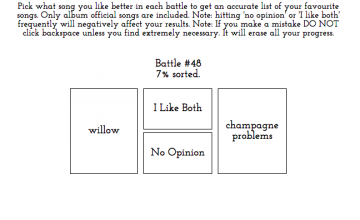If you’re on the lookout for serotonin replenishment, look no further than Philippine cinema. Cheers to the two Filipino films that lead Letterboxd’s newest ranking, and us, the Filipino film community who helped make it possible.
Yesterday, July 8, social networking platform for cinema (and breeding ground of bizarre epiphanies) Letterboxd released “Halfway—2021,” their mid-year ranking of the 25 most top-rated films from January to June this year. Yes, that means Letterboxd users actually made it happen—and not another film snob panelist you don’t trust. They chose the hand-colored coming-of-age “Cleaners” by Glenn Barit at number one and the existential slow burn “Oda Sa Wala” by Dwein Baltazar at two. And that’s on taste.
View this post on Instagram
According to Letterboxd, they included “films that have been released in any country, with at least a limited theatrical, streaming or video-on-demand run, and a minimum of 1,000 views” on their site in coming up with the list.
Here’s a peek at the top 10:
- “Cleaners” by Glenn Barit (Philippines)
- “Oda sa Wala” by Dwein Baltazar (Philippines)
- “Judas and the Black Messiah” by Shaka King (USA)
- “My First Summer” by Katie Found (Australia)
- “The Great Indian Kitchen” by Jeo Baby (India)
- “The Mitchells vs. The Machines” by Michael Rianda (USA)
- “Red Post on Escher Street” by Sion Sono (Japan)
- “Luca” by Enrico Casarosa (USA)
- “Shiva Baby” by Emma Seligman (USA and Canada)
- “Karnan” by Mari Selvaraj (India)
Film critic Philbert Dy wrote a companion analysis on this, detailing how the subconscious shift to more digital platforms because of COVID-19 led to “smaller, quirkier films being made accessible to more Filipinos, whose consumption of cinema [was] once beholden to the whims of conglomerate cinema owners.”
He added, “Here is the secret of Filipino cinema: [It] is diverse and strange, with generation after generation of young, hungry filmmakers trained to make magic out of limited resources. And it is through our smallest stories that we express the largest truths about who we are as a people.”
Hopefully, more local films will be accessible not only to those who can afford the internet, but to everyone who just wants to enjoy a good movie. Philippine cinema, in its bravest ways, is thriving with its storytellers and audience—it just needs more support from the people in power.
Read more:
Understanding Filipino youth culture through regional cinema
Jerrold Tarog and Dwein Baltazar reveal their honest thoughts on Philippine cinema
If you want to try slow burn, here are 5 gateway films
Photos from EpicMedia and Film Development Council of the Philippines

























Comments